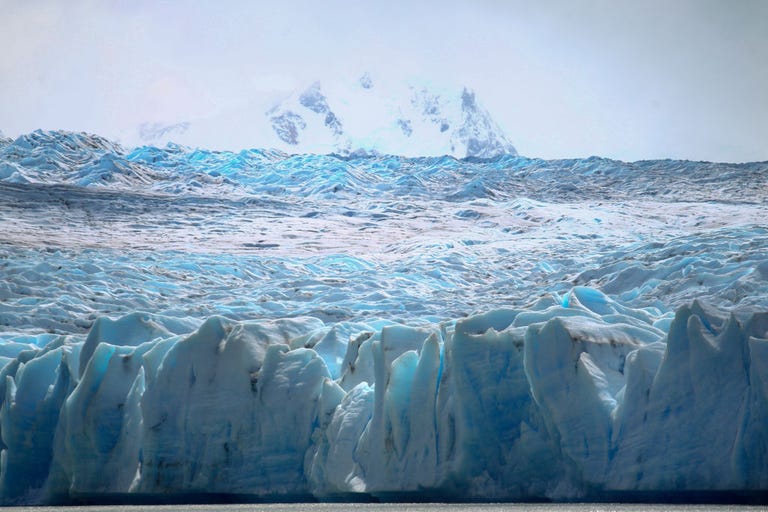How the History of the Roman Empire Is Hidden in Arctic Ice
Lead levels in the Arctic ice tells us how well the Roman Empire was doing on a year-by-year basis.
By Avery Thompson
GETTY IMAGESJOEL ESTAY / CONTRIBUTOR
A group of researchers has gained an insight into the economy of the Roman empire, thanks to ancient polar ice. The research could tell historians much about the strength of the empire throughout history.
An Arctic glacier would be the last place most people might think to look for Roman history, but glaciers hold a lot of information about our planet’s past. In the Arctic, ice freezes but never thaws, so the contents of that ice are preserved for thousands of years.
Included in that ice are samples of the atmosphere at the time the ice was frozen, which lets climate scientists to determine the carbon dioxide concentration in the atmosphere over several thousand years.
But there’s a lot more in the atmosphere than carbon dioxide, and the researchers can use traces of other compounds to uncover other bits of ancient history. In this case, the researchers were looking for traces of lead: Roman mines that produced lead also produced silver, and the process of refining that silver emitted large amounts of lead into the atmosphere.
The more lead in the atmosphere, the researchers deduced, the more silver was being refined from Roman mines. And more silver meant a stronger Roman economy. While the researchers could never obtain a year-by-year record of the Roman GDP, they could get a year-by-year record of the lead in the atmosphere.
This records tell the researchers plenty of things they already know. Increased lead is present during prosperous times such as the Pax Romana from 27 BC to 180 A.D, and lead levels drop during plagues and invasions indicating there may be more discoveries hidden in the ice.
Source: The New York Times
No comments:
Post a Comment